Replacing a bearing in an Electrolux washing machine
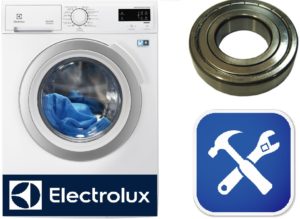 Replacing a bearing in an Electrolux washing machine has many features, but in general, you will have to do everything the same as in the case of similar repairs of washing machines of other brands. The main difference is that the tanks of Electrolux washing machines are collapsible, which means the replacement process will be much faster and you won’t have to cut anything. In this article we will discuss the signs by which you can distinguish a broken bearing from a breakdown of another type, we will tell you how to get to the broken part by disassembling the entire “household assistant”, we will study the nuances of removing a damaged bearing and installing a new one.
Replacing a bearing in an Electrolux washing machine has many features, but in general, you will have to do everything the same as in the case of similar repairs of washing machines of other brands. The main difference is that the tanks of Electrolux washing machines are collapsible, which means the replacement process will be much faster and you won’t have to cut anything. In this article we will discuss the signs by which you can distinguish a broken bearing from a breakdown of another type, we will tell you how to get to the broken part by disassembling the entire “household assistant”, we will study the nuances of removing a damaged bearing and installing a new one.
Signs of breakdown
Replacing a bearing in an Electrolux washing machine is a very labor-intensive job involving complete disassembly of the washing machine. You only need to take on this work if you are sure that it is the bearing that has broken, and not some other part. You can be completely convinced of this only by partially disassembling the body of the washing machine, but this can be established with a high degree of certainty by indirect evidence. The main sign of bearing failure is knocking, grinding and other extraneous noises during washing and spinning.
It is better to replace the bearing even if the seal is simply damaged.
The knocking and grinding noise should be quite strong, and if this occurs, it is necessary to inspect the rear wall of the tank in the area of the large pulley. A damaged bearing will definitely show itself as dirty oil streaks, and if you find this, then repair cannot be avoided. To work we need a fairly simple tool: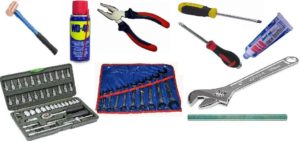
- screwdrivers (flat, figured);
- pliers;
- rubber mallet;
- metal pin;
- ratchet with a set of heads;
- awl;
- hammer;
- 16 mm bolt;
- washing machine bearing puller;
- WD-40 liquid;
- silicone sealant.
We will also need to get bearings. To do this, you need to rewrite the designation of your Electrolux washing machine model and go to the spare parts store with it. The seller must know what bearings are installed on it.
How to get to the broken part?
If this is your first time disassembling an Electrolux washing machine, then you will probably encounter the problem of dismantling its housing. The fact is that the body of this machine gives the impression of being non-separable. No, at first glance everything is fine, there are a lot of fasteners at the back and front that seem to hold the lid, back and front walls. But when you start unscrewing the screws one by one, it turns out that you have not made any progress in removing anything, except, perhaps, the top cover - the body has been a monolith, and remains so. It seems that it is simply impossible to disassemble this machine.
In fact, the body of the Electrolux washing machine is collapsible, it just comes apart in an unusual way. Essentially, it consists of two halves: a front wall with part of the bottom and side walls, and a back wall with part of the bottom and side walls. To remove the back half, it is necessary not only to unscrew the fasteners, but also to pry off special latches that are located along the perimeter of the seam (the junction of the two halves of the case).
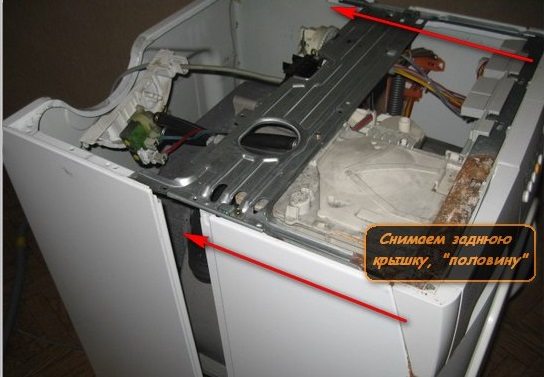
Before removing the back of the housing, remove the plastic plug that holds the inlet hose and flow filter, otherwise it can simply be torn off. Also be careful with the power cord.
In addition to the latches, the halves of the body of the Electrolux washing machine are held in place by screws.They are screwed into the edges of a wide cross beam that connects the two side walls. The screws need to be unscrewed, after which nothing will prevent you from moving the rear half of the case back. Next we do the following.
- We use a screwdriver and remove the hatch cuff clamp.
- We take the edges of the cuff and wrap them inside the hatch.
- We remove the pressure switch, not forgetting about its tube, and disconnect the pipe coming from the powder receiver.
- We remove the drive belt, remove the wires from the engine and from the heating element.
- Unscrew the engine, remove the pump and drain hose.
- We remove the filling pipes that we previously disconnected.
- Unscrew and remove the counterweights.
- We remove the fasteners that hold the front panel, and then remove it along with the electronic module. It will not be possible to completely remove it, since the many wires that go to it will get in the way. But there is also nothing terrible about it hanging on these wires, you just need to be more careful.
- We take out the shock absorber mounts and unscrew the shock absorbers.
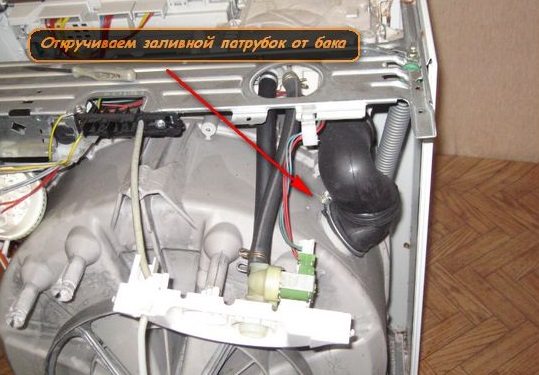
If nothing else prevents us from pulling the tank out of the washing machine body, then we carefully grab its walls and pull it back; if everything is fine, the tank and the drum will simply fall out. Well, we have removed the main unit of the washing machine, now we need to disassemble it in order to finally get to the bearings.
It’s not too difficult to remove the bearing for a washing machine, but we haven’t gotten to it yet and the main obstacle, at this stage, is the large pulley, which is still screwed to the back wall of the tank. Take a star screwdriver and try to unscrew the bolt.
We are unlikely to be able to do this the first time, since this fastener is tightened very well from the factory, and over time it still tends to “stick”, so let’s not worry, spray it with WD-40 lubricant and wait 20-30 minutes . Next, take a wooden block, place its end against the head of the bolt, and hit the other end with a hammer several times. After that we try to unscrew the bolt again, it should work. We pull off the pulley and move it to the side. Now let's unscrew the screws holding the tank halves and disassemble the tank.
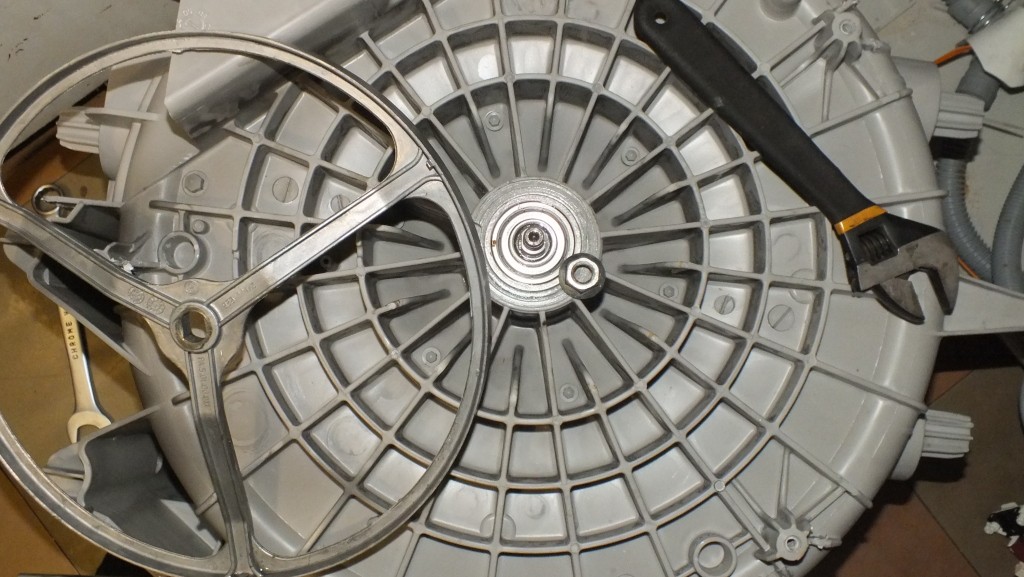
If, after unscrewing the screws, the tank does not come apart immediately, insert a flat-head screwdriver into the gap between its halves and help a little. Just try not to damage the fragile plastic edges, otherwise you will end up having to replace the tank.
Part replacement process
You need to start working with the bearing from the inside of the tank. We take a flat screwdriver, use it to pry up the oil seal (or its remains) and remove it. Use pliers and a screwdriver to remove the retaining ring from the old bearing, then fill the bearing with WD-40. Now we turn the tank half over with the outer side, take a metal pin prepared in advance and, using it as a drift, carefully knock out the bearing.
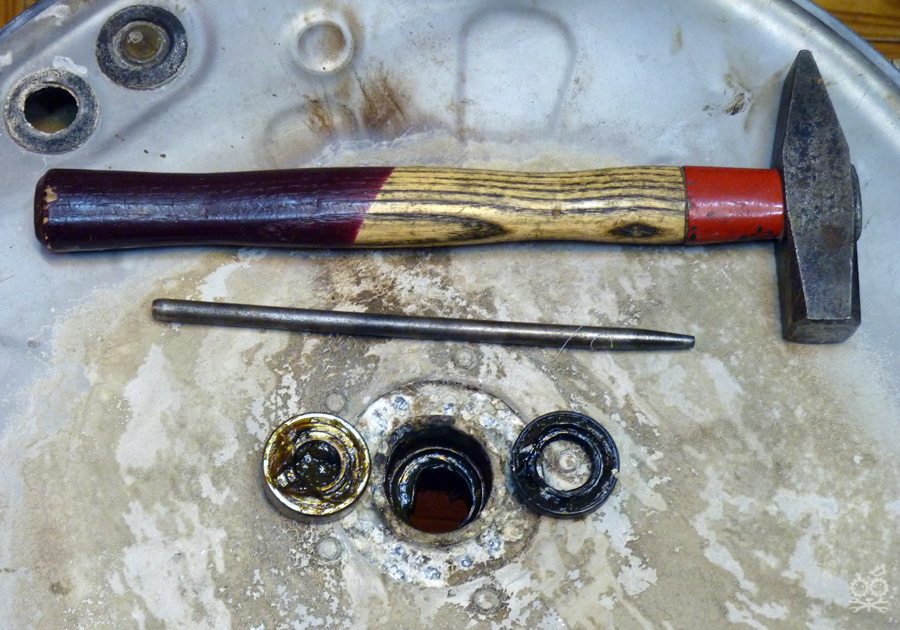
First, use fine sandpaper and then a regular rag to clean the area for the new bearing. Using a mallet, we drive the new bearing into place; if it doesn’t “sit down” right away, use a wooden block and a hammer, just don’t hit it too hard.
We install the retaining ring, not forgetting to lubricate it with special bearing grease. Add a little special grease to the bearing and remove excess with a clean, dry cloth.We install the oil seal, and then proceed to reassemble the Electrolux washing machine in the reverse order. If you also need information about how it is produced Replacing a bearing in a washing machine Zanussi, you can read about this in the corresponding publication.
To summarize, we note that replacing a bearing in an Electrolux washing machine is a complex and time-consuming job, which will undoubtedly take a lot of effort and time. If you are not confident in yourself, it is better to entrust this matter to professional craftsmen, good luck!
Interesting:
2 reader comments


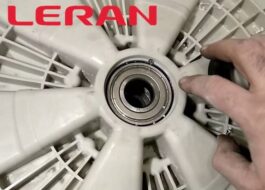
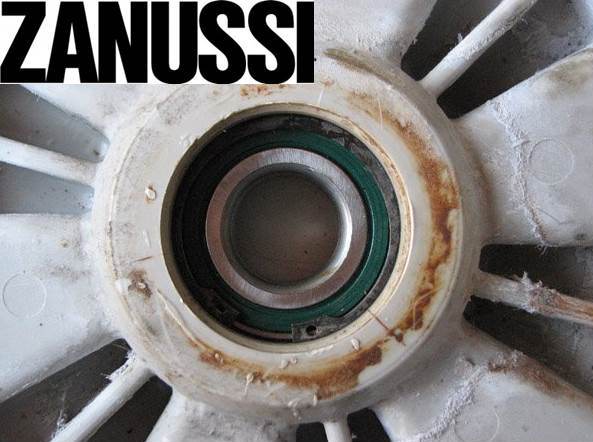
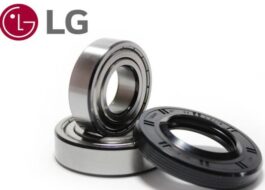

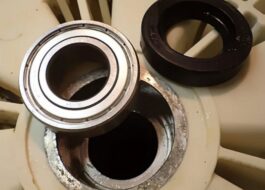














Zanussi zwd 5106 there are 2 bearings behind the 204th. But closer to the drum it crumbled, how can I get it out of there?
Hands